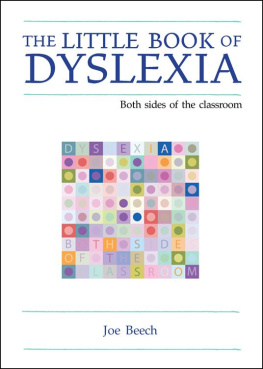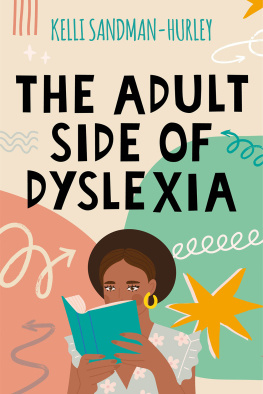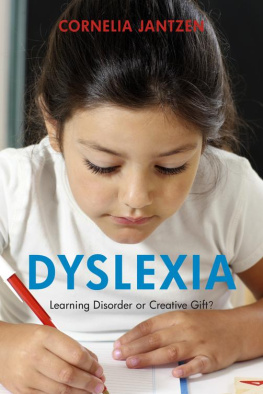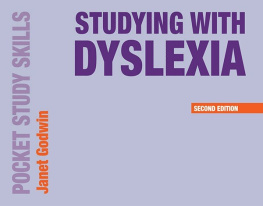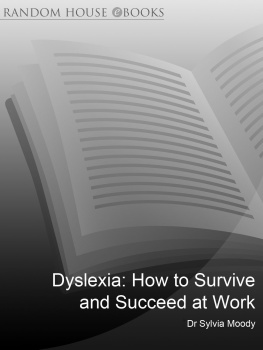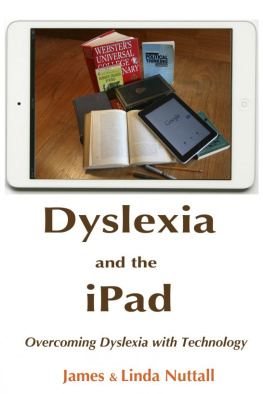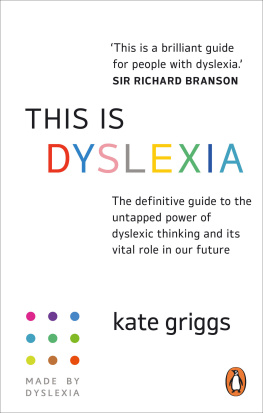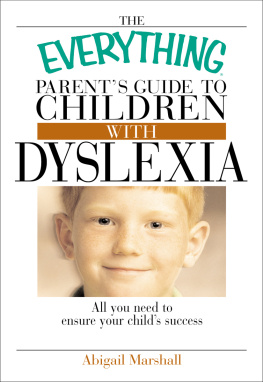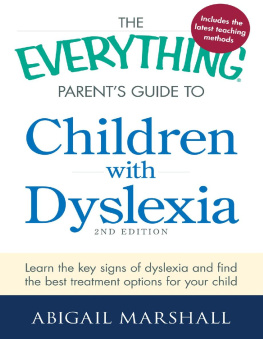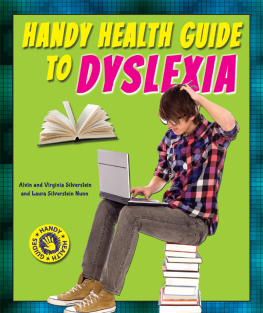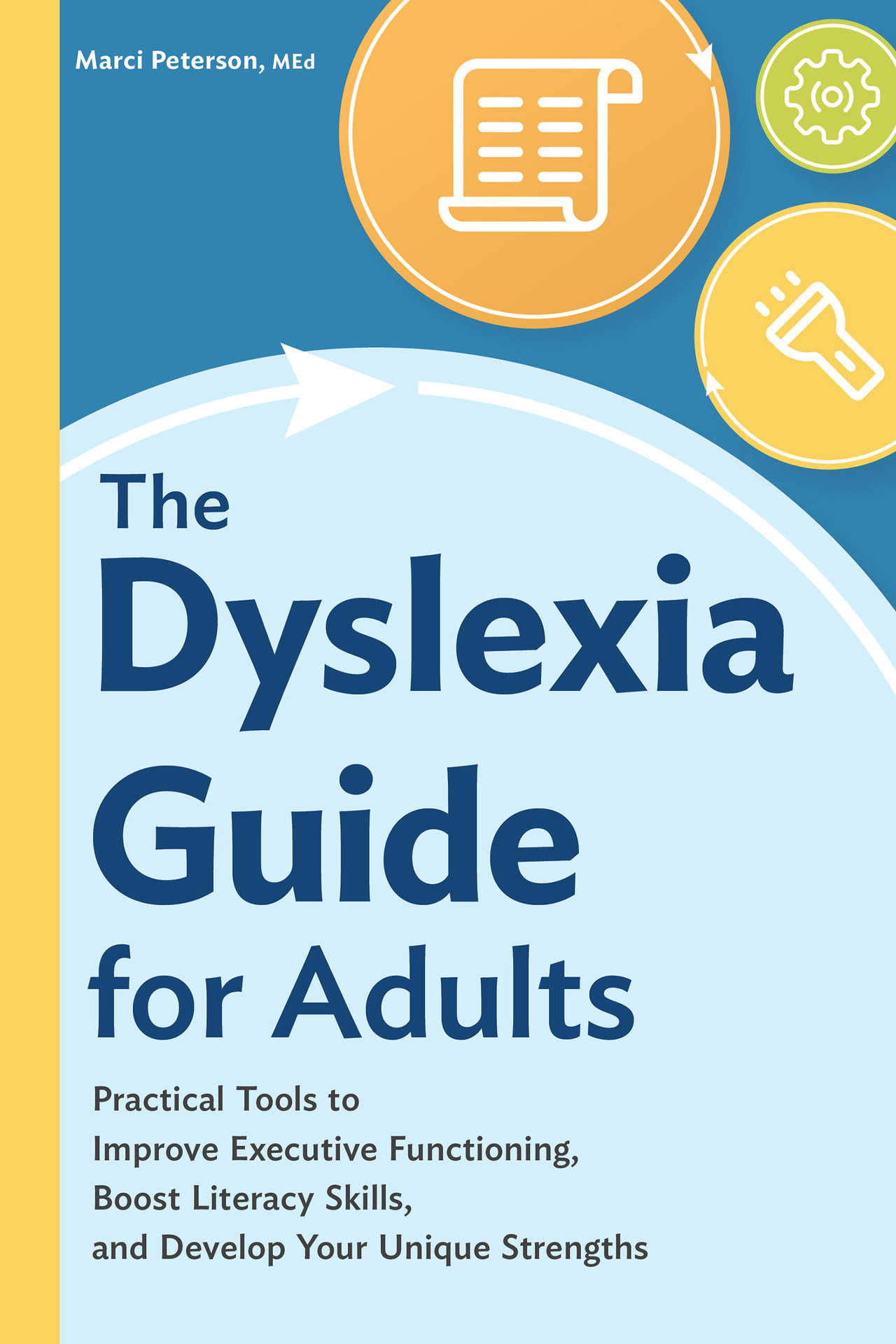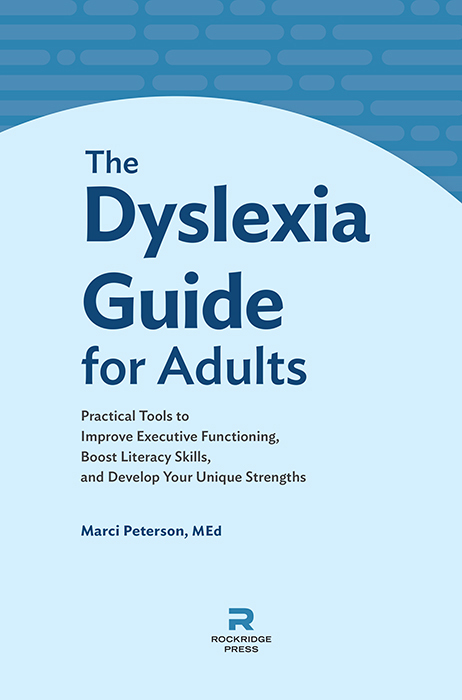Copyright 2021 by Rockridge Press, Emeryville, California
No part of this publication may be reproduced, stored in a retrieval system, or transmitted in any form or by any means, electronic, mechanical, photocopying, recording, scanning, or otherwise, except as permitted under Sections 107 or 108 of the 1976 United States Copyright Act, without the prior written permission of the Publisher. Requests to the Publisher for permission should be addressed to the Permissions Department, Rockridge Press, 6005 Shellmound Street, Suite 175, Emeryville, CA 94608.
Limit of Liability/Disclaimer of Warranty: The Publisher and the author make no representations or warranties with respect to the accuracy or completeness of the contents of this work and specifically disclaim all warranties, including without limitation warranties of fitness for a particular purpose. No warranty may be created or extended by sales or promotional materials. The advice and strategies contained herein may not be suitable for every situation. This work is sold with the understanding that the Publisher is not engaged in rendering medical, legal, or other professional advice or services. If professional assistance is required, the services of a competent professional person should be sought. Neither the Publisher nor the author shall be liable for damages arising herefrom. The fact that an individual, organization, or website is referred to in this work as a citation and/or potential source of further information does not mean that the author or the Publisher endorses the information the individual, organization, or website may provide or recommendations they/it may make. Further, readers should be aware that websites listed in this work may have changed or disappeared between when this work was written and when it is read.
For general information on our other products and services or to obtain technical support, please contact our Customer Care Department within the United States at (866) 744-2665, or outside the United States at (510) 253-0500.
Rockridge Press publishes its books in a variety of electronic and print formats. Some content that appears in print may not be available in electronic books, and vice versa.
TRADEMARKS: Rockridge Press and the Rockridge Press logo are trademarks or registered trademarks of Callisto Media Inc. and/or its affiliates, in the United States and other countries, and may not be used without written permission. All other trademarks are the property of their respective owners. Rockridge Press is not associated with any product or vendor mentioned in this book.
Interior and Designer: John Calmeyer
Art Producer: Megan Baggott
Editor: Nora Spiegel
Production Editor: Mia Moran
Production Manager: Jose Olivera
courtesy of Joe Miranda
ISBN: Print 978-1-64876-581-0
eBook 978-1-64876-725-8
R0
To my clients and their families
Contents
My first memory of dyslexia is from fourth grade, when I could not memorize my spelling words. In sixth grade, I won a creative writing contest after expending an extreme amount of effort to handwrite and rewrite my story several times. I did not read my first novel until community college. And I didnt know I had dyslexia until adulthood, while I was studying to teach struggling readers to read.
I grew more interested in dyslexia after my daughter exhibited an unexpected struggle in kindergarten. This bright, articulate child could not learn the sequence of the alphabet or how those letters made sounds to form words. I was determined not to let these early indicators hold my daughter back and impact her education. However, there wasnt as much research published about dyslexia in 2002 as there is today.
Since those early years, I have built a practice in Northern California as an educational therapist to help children, adolescents, and adults with dyslexia. Educational therapy uses a diagnostic approach to treat a person with a learning disability. I am certified in Orton-Gillingham methods, a research-based approach that instructs people with dyslexia how to read, spell, and write. (Well talk more about that in .) I come to you now with nearly 20 years of professional experience with clients, plus my personal journey with dyslexia over a lifetime.
Dyslexia does not play favorites. It impacts people from all walks of life, cultures, and academic levels. As an adult with dyslexia, you may have persevered through the complex demands of school and been left with shame and a fear of being found out. This may be your first book on the topic, or you may have read lots of reference material on dyslexia. Wherever you are in your understanding, I want you to know that while the challenges of dyslexia cannot be denied, you shouldnt underestimate the extent to which your strengths contribute to your story. There are distinct advantages to embracing dyslexia, including improvements at work, at home, and in relationships. But first, we must understand and identify the impact dyslexia has on our life, both the good and the challenging.
This book will provide an overview of what dyslexia is and what it looks like in adulthood. The stories and scenarios in these pages are gathered from my clients, colleagues, family, and friends, and from my own life. I hope you can relate to at least a few of them. Along with those stories, youll find invitations to reflect on your own experiences, as well as strategies to help you manage dyslexias impact. My aspiration is that by the end of this book youll embrace your dyslexia and so be inspired to reach for your dreams and share your story with others.
This book is intended to be read in sequential order. To some extent, each chapter builds on the ones before. You may want to tackle some of the material right away, while other information might best be stored away for a time. Expect to return to sections and chapters as you broaden your acceptance and understanding of dyslexia. The books will be referred to along the way; feel free to explore it at any time.
This book can be used on its own or as a companion to The Dyslexia Workbook for Adults: Practical Tools to Improve Executive Functioning, Boost Literacy Skills, and Develop Your Unique Strengths .
While I aim to offer a way to work through any feelings of low self-esteem or frustration, I want you to be aware that persistent or debilitating feelings of depression, anxiety, and other mental health issues should be addressed by a medical professional. This book is not a replacement for a therapist, medication, or medical treatment. There is no shame in seeking help.
Aristotle said, Knowing yourself is the beginning of all wisdom. Although there are common signs of dyslexia, no two people are alike. Consider that the word unique contains both u and iq . You are u n iq uely you.
There is not a straightforward solution to living with dyslexia. Still, there is power in embracing what dyslexia is in your life. Knowledge of dyslexia will empower you to build upon your uniqueness. However, we must first wrestle with some of the hard facts and emotional scars of dyslexia. Then we can reframe what we know by emphasizing the advantages dyslexia brings and learning to recognize that those gifts are a part of your unique story.
Unique includes u and i , so lets begin this journey together.
What exactly is dyslexia? You may have heard that dyslexia means seeing letters move on the page or that its exclusively a reading issue. The truth is dyslexia is more complex than that. While some characteristics are shared, dyslexia looks a little different in each of us who have it. In this chapter, we will attempt to define dyslexia and clear up some common misconceptions. You will be able to recognize the challenges of living with dyslexia, including some you may not have considered before. And with a clearer understanding of how dyslexia operates in your life, youll be ready to move forward and make changes for the better.


